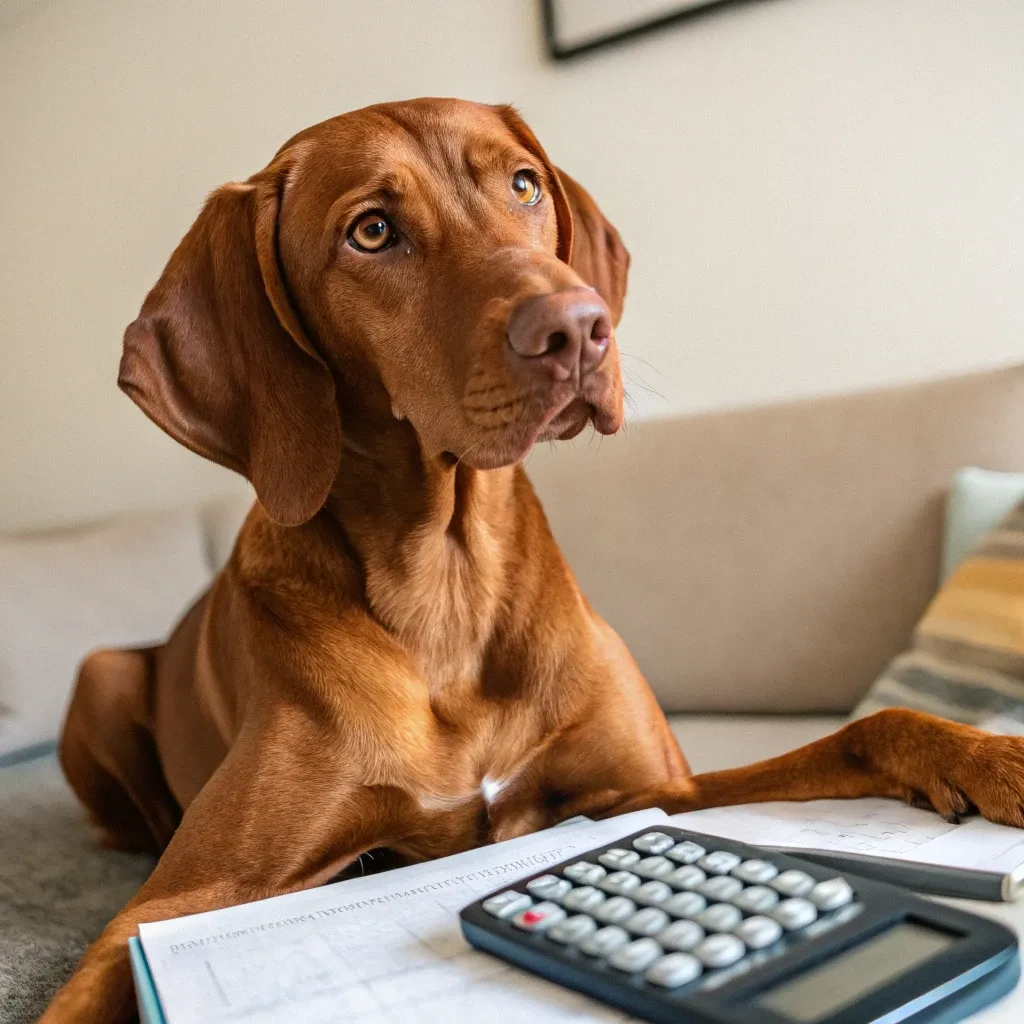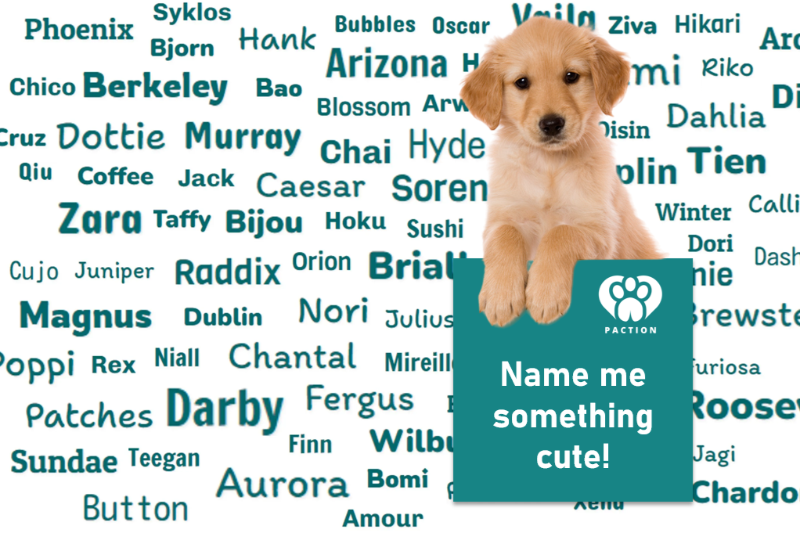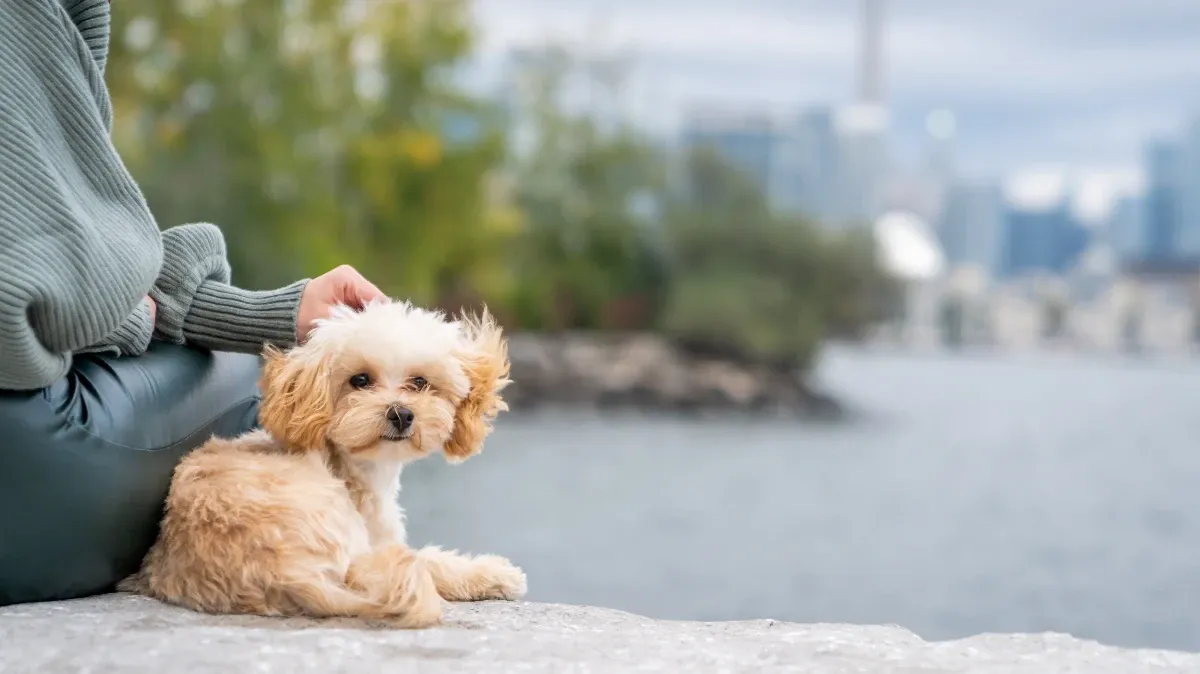Vizsla




 Find Reputable Breeders Near You
Find Reputable Breeders Near You
Browse Reputable Breeders who meet Paction's Certification standards.
Search for a PupGet to Know Vizslas
- Olympic-Level Energy: These dogs were bred to run all day. Some Vizslas need 2+ hours of exercise daily to stay content.
- Velcro Dogs: Vizslas are famously attached to their people, often called “Velcro dogs” because they like to stay physically close at all times.
- Natural Hunters: They’re one of the few breeds that are natural pointers and retrievers, making them extremely versatile hunting dogs.
- Silent Workers: Vizslas are known for being quiet hunters in the field, using body language and focus instead of barking.
- Minimal Odor: Their short coat and clean habits mean Vizslas have very little "doggy smell", making them pleasant indoor companions.
Breed History
The Vizsla is an ancient hunting breed originating from Hungary, with roots tracing back over a thousand years. Bred as a versatile gun dog, the Vizsla was prized for its ability to both point and retrieve game across Hungary’s varied terrain. Nobility and aristocrats favored the breed for its speed, endurance, and close working style, which made it ideal for hunting on foot or horseback. Vizslas nearly went extinct after both World Wars, but dedicated breeding efforts preserved them. They gained recognition in the U.S. in the mid-20th century and are now admired both as hunting companions and affectionate family dogs.
Personality and Behaviour
- Loving & People-Oriented: Vizslas are extremely affectionate dogs that thrive on human companionship. They bond closely with their family and dislike being left alone for long periods, often becoming anxious or destructive if isolated.
- Energetic & Enthusiastic: This breed is always ready to move whether it's running, hiking, playing fetch, or learning new tricks. Their enthusiasm for activity is matched by their mental alertness, making them both fun and demanding companions.
- Sensitive & Attuned: Vizslas are emotionally sensitive and respond best to gentle, positive reinforcement. Harsh training or rough handling can cause fearfulness or withdrawal, so they do best with patient and encouraging owners.
Care
- Exercise: Vizslas need a lot of exercise, ideally 1 to 2 hours of activity per day, including running, off-leash play, or agility work. A simple walk isn’t enough for this breed. In addition to physical activity, Vizslas need mental enrichment such as scent games, training drills, or puzzle toys to prevent boredom and misbehavior. They thrive in homes with active lifestyles—runners, hikers, or hunters are ideal companions for a Vizsla. Apartment life can work only if their exercise needs are met consistently.
- Grooming: Vizslas have a short, smooth coat that requires minimal grooming, a quick brush once or twice a week is usually enough to remove loose hair and keep the coat shiny. They do shed year-round, but not excessively. A rubber grooming mitt can help keep hair under control. This breed naturally stays quite clean and typically doesn’t have a strong odor. Baths are needed only occasionally, unless they roll in something dirty.
- Training: Vizslas are intelligent and respond well to positive, reward-based training. They enjoy learning new commands and are often quick to pick up skills. Harsh corrections can discourage or frighten a Vizsla. They need calm, patient trainers who build trust and encourage cooperation. To develop into confident adults, Vizslas should be socialized early and often, especially with strangers, children, and other animals. This helps reduce anxiety and excessive shyness.
Vizsla Summary
What to ask your breeder?
Here’s a short summary of what you should be asking your breeder:
Vizsla Health Testing
| Screening | Considerations |
|---|---|
| Hip Dysplasia | One of the following: OFA Radiographic Hip Evaluation PennHIP Evaluation after 24 months of age with the results submitted to the OFA for recording. |
| ACVO Eye Exam | ACVO Eye Examination. Results registered with OFA. |
| Autoimmune thyroiditis | OFA evaluation from an approved laboratory - It is recommended that the test be repeated annually up to 8 years of age. |
| Cardiac Evaluation | (Optional) Congenital Cardiac Exam - Specialist or Cardiologist exam is recommended and preferred. Advanced Cardiac Exam Basic Cardiac Exam - Specialist or Cardiologist exam is recommended and preferred. |
| Elbow Dysplasia | (Optional) OFA Radiographic Elbow Evaluation |
| Sebaceous Adenitis | (Optional) Sebaceous Adenitis evaluation by an approved dermapathologist. Results registered with OFA. |
How Much Does It Cost to Own a Vizsla Per Year?
Determining the cost of owning a Vizsla is essential for responsible dog ownership. Use our calculator to estimate expenses, including food, grooming, veterinary care, and more.
The Ultimate Dog Cost Calculator
 Calculate Now
Calculate Now

